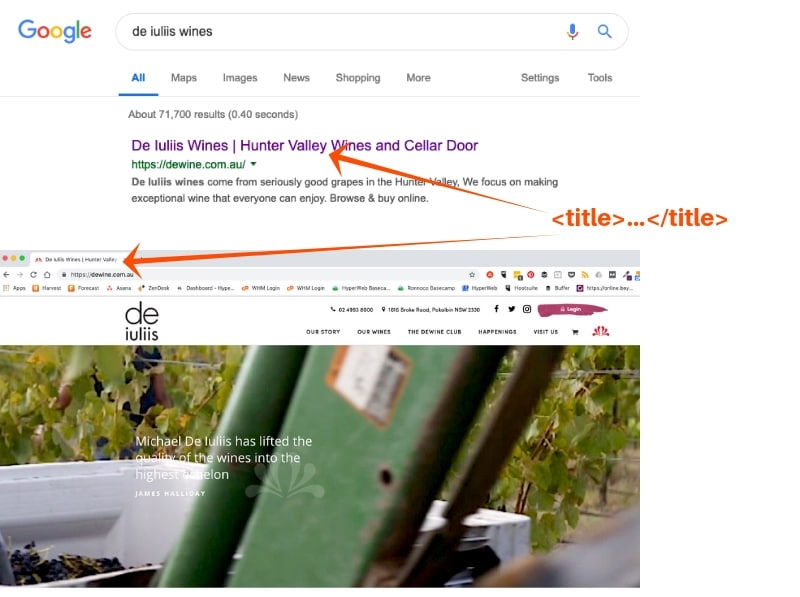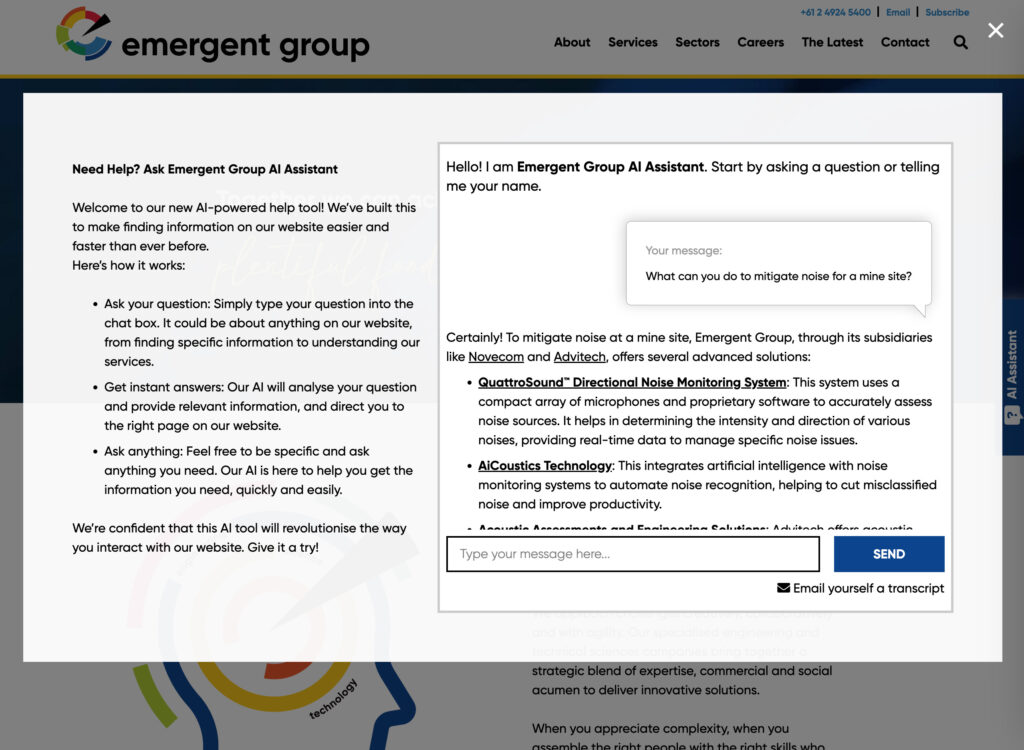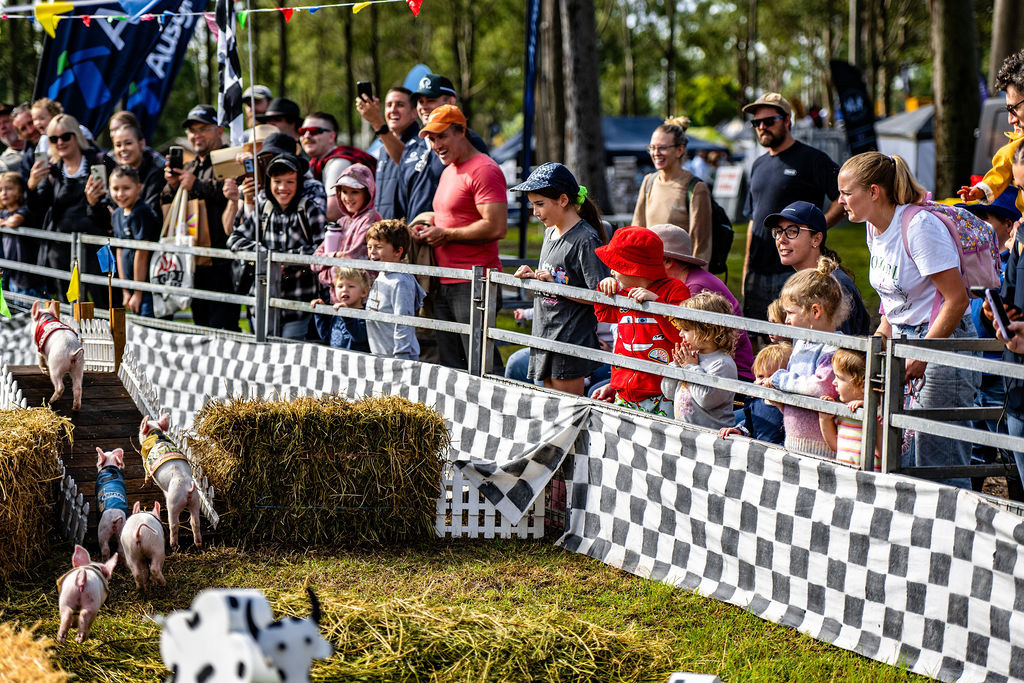It is well known that what determines a website’s Google ranking is made up of over 200 factors or “ranking signals”. The basic ones are driven by usability and relevance, i.e. your website content needs to be relevant to the search phrase and it needs to be original. To apply SEO to a web page for this purpose we also ensure, at a basic level, that meta titles, descriptions, headings, image alt tags, and URLs are also relevant to the search term you want to attract.
How do we determine what search terms we want to attract to a page? By thinking about the customer journey, and what thought processes they might go through in three stages. The awareness stage (the problem arises, they are inspired to search), the consideration stage (research, feature browsing, comparing), and the decision stage (decided to buy your product or service). We can then stack the words that arise using keyword research softwares to determine search volumes and come up with some key targets.
The most important thing to keep in mind as you think about the following basic components is that Google will reward your site if you reward your visitors with relevant and well-structured content. The following considerations are all accessible for the website owner with a good content management system such as WordPress, and even some of the free or platform systems. The technical and design aspects will be covered in a later post.
Keywords
Keywords are the words or phrases people type into the search bar in Google (or other search engines). You need to work out what keywords are best for your business. The starting point of your SEO strategy should be your content. You can review your content in light of the customer journey mapping and keyword research mentioned above ensuring the body content of each page is relevant to the desired search.
Meta Titles
The <title> tag is located in the header of a webpage. It is what appears to the user as the clickable headline. It also appears in the browser at the very top of your browser to identify the page currently open.
The primary keyword needs also to be specified in the meta-title and meta-description of your page. Thought needs to be given to ensure the titles are concise, relevant, and positive, as you want your listing to appeal to the user regardless of position. At the same time it also needs to be accurate, and unique to the rest of your pages.
Meta Descriptions
The <meta-description> is also an important descriptor for search engines, that serves to support the relevancy of your listing and encourage the user to click through to your website. While not entirely a ranking factor, these are used to encourage click throughs, which is a ranking factor. Both the title and the description have a character limit so you need to be careful with the strategy behind almost each word!
Images
How do images work as keywords? HTML accommodates for visually impaired users by an alternative text tag (or “alt tag” in the web dev world) that describes the image to a page reading software. These tags should be used to describe the image in context with the content of the page. This gives us the opportunity to apply keywords to the alt=”…” tag. It needs to be short, around 125 characters, but are often the most forgotten keyword opportunity. Along with the alt descriptors, the image file name itself should also follow the same approach.
Headings
Heading hierarchy is important to SEO because content structured to benefit readability and the user experience will be well regarded by Google. Headings are tagged with a hierarchical range of H1 through H6. Although we can style each tag to suit the look and feel of the site, the use of them is important. Stick to only one H1 and this should contain your primary keyword(s), structure the rest of your content using secondary keyword sets in H2 through to H6.
As mentioned earlier, these are the very basic of SEO factors, but are often neglected or done poorly if your website developer does not include on-page SEO in your development project. I hope these basics give you an understanding to be able to help yourself, or ensure you have them covered off when engaging a developer or SEO agency. If you would like us to review your site, please get in touch.






